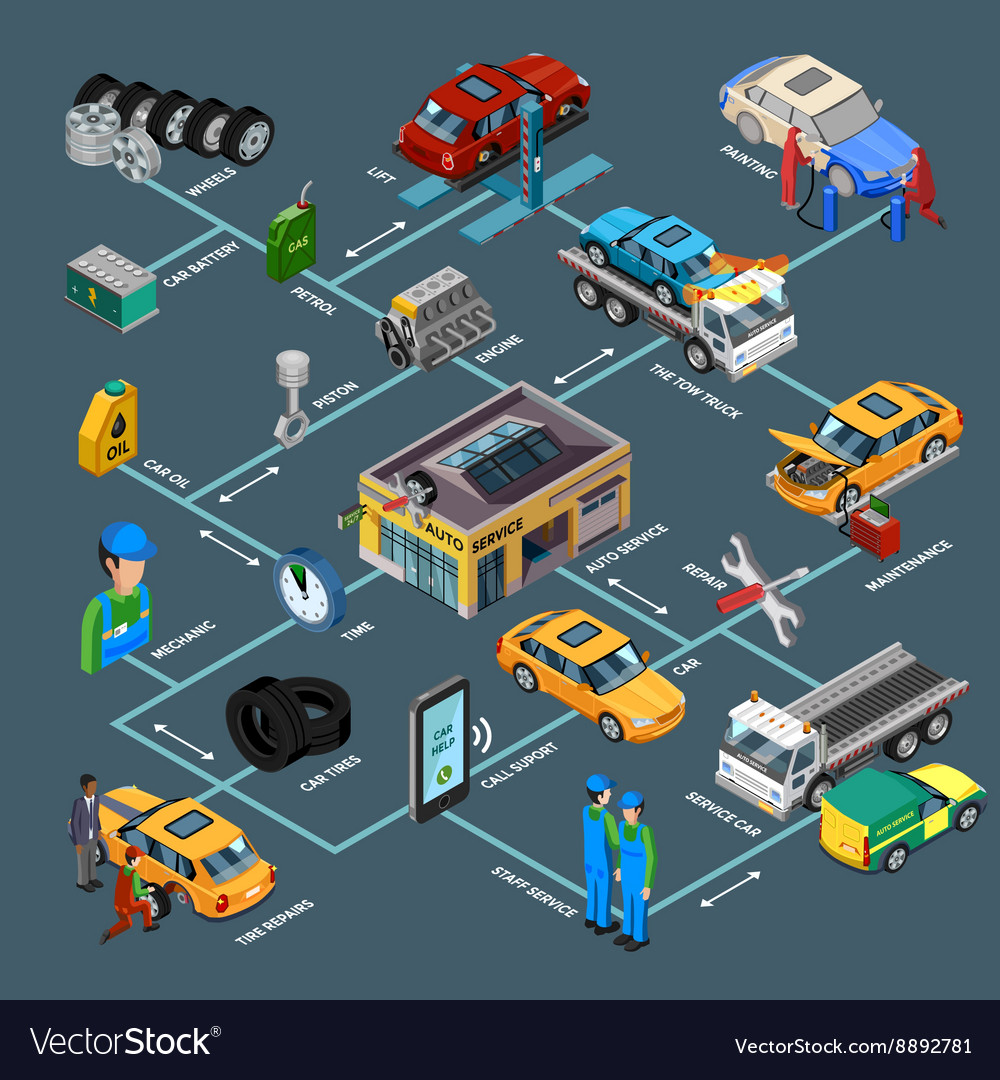Comprehending Your Vehicle'S Caution Lighting: What Do They Truly Mean?
Comprehending Your Vehicle'S Caution Lighting: What Do They Truly Mean?
Blog Article
Content By-Hartley Torres
When you're behind the wheel, those radiant warning lights on your dashboard can be a bit puzzling. Do you understand what they're trying to tell you about your vehicle's health? Recognizing the relevance of these lights is crucial for your security and the longevity of your lorry. So, the next time one of those lights pops up, wouldn't you want to understand its message precisely and take the needed steps to address it?
Common Warning Lighting and Interpretations
Determine usual caution lights in your car and understand their meanings to make sure secure driving.
The most typical warning lights consist of the check engine light, which signifies concerns with the engine or exhausts system. If this light begins, it's critical to have your vehicle inspected immediately.
The oil pressure advising light shows low oil pressure, needing prompt interest to prevent engine damage.
A flashing battery light may suggest a defective charging system, possibly leaving you stranded if not resolved.
The tire pressure tracking system (TPMS) light signals you to low tire stress, influencing automobile stability and gas efficiency. Overlooking this could cause dangerous driving conditions.
The ABS light shows an issue with the anti-lock braking system, endangering your ability to stop swiftly in emergency situations.
Finally, the coolant temperature level warning light warns of engine overheating, which can lead to extreme damages if not fixed swiftly.
Understanding these typical caution lights will certainly help you attend to problems immediately and keep secure driving problems.
Significance of Prompt Focus
Recognizing the usual caution lights in your auto is just the initial step; the value of without delay resolving these cautions can not be highlighted sufficient to guarantee your security when traveling.
When a warning light illuminates on your control panel, it's your cars and truck's method of interacting a potential issue that needs attention. Neglecting these warnings can result in extra serious issues later on, compromising your security and potentially costing you extra out of commission.
Trigger attention to warning lights can protect against break downs and mishaps. For instance, a blinking check engine light could show a misfire that, if left neglected, might create damage to the catalytic converter. Addressing this quickly can save you from an expensive repair.
In a similar way, a brake system cautioning light could indicate low brake fluid or worn brake pads, vital elements for your safety when driving.
Do It Yourself Troubleshooting Tips
If you observe a caution light on your dashboard, there are a couple of do it yourself troubleshooting ideas you can try before looking for expert aid.
The first step is to consult your vehicle's guidebook to recognize what the details caution light suggests. In some cases the problem can be as easy as a loosened gas cap setting off the check engine light. Tightening the gas cap may deal with the issue.
Another typical concern is a low battery, which can activate numerous cautioning lights. Examining the battery connections for rust and ensuring they're safe and secure might fix the issue.
If a warning light persists, you can attempt resetting it by detaching the auto's battery for a few mins and then reconnecting it. Additionally, examining relevant web page , such as oil, coolant, and brake liquid, can aid troubleshoot warning lights connected to these systems.
botanycarvalet
In conclusion, understanding your cars and truck's caution lights is essential for keeping your vehicle running smoothly and safely. By immediately addressing these alerts and knowing what they mean, you can stay clear of expensive repairs and possible failures.
Remember to consult your vehicle's manual for specific information on each alerting light and do something about it accordingly to guarantee a trouble-free driving experience.
Keep informed, stay risk-free on the road!
